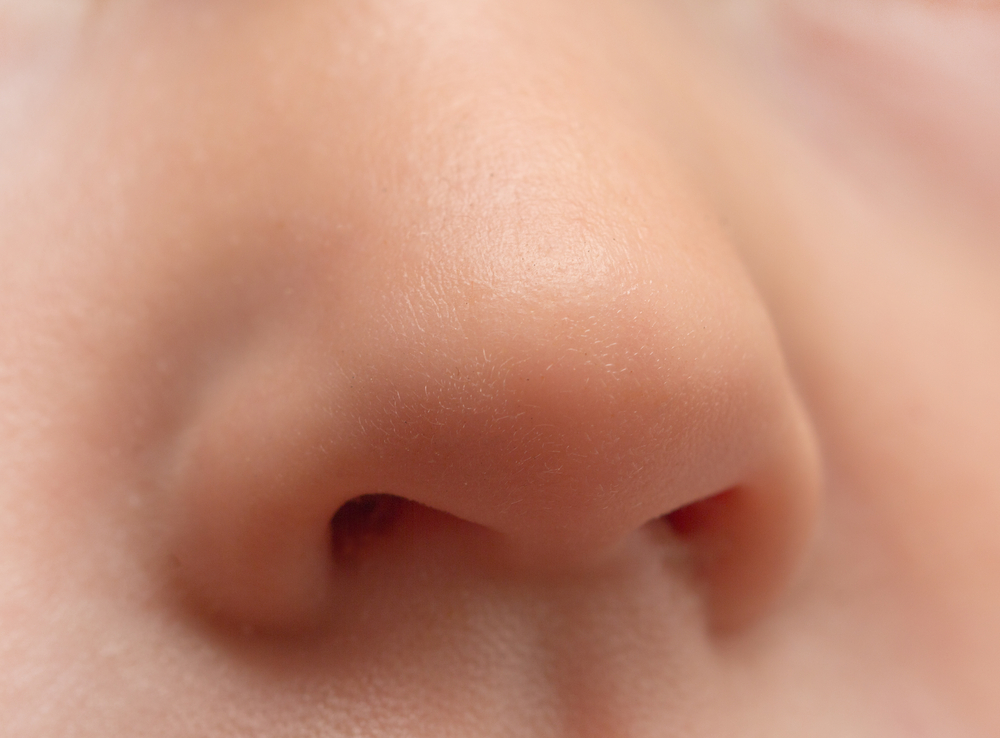
NOSEBLEEDS
Nosebleeds can be caused by many things and more than half of us will experience a nosebleed at some point in our lifetime. Children tend to have them between the ages of 2 and 10 and adults have them more commonly around the ages of 50 to 80.
Causes
There are 2 types of nosebleeds. Ones that occur in the anterior or front portion of your nose and posterior nosebleeds that start further back in your nasal passageway. Anterior nosebleeds tend to come out of one nostril while the posterior nosebleed tends to come out both as well as into your throat.
Anterior nosebleeds typically start on the nasal septum that divides the nose into 2 sides. This wall contains fragile blood vessels that can easily be damaged, especially at this time of the year when the air is dry and cold. Sometimes just blowing your nose really hard or accidentally scraping the vessels with a fingernail can start a bleed.
Recurring or Frequent nosebleed causes:
- Allergies, infections, or dryness that may cause itching and lead to picking the nose
- Excessive and vigorous nose blowing that may causes vessels to rupture.
- Problems with bleeding by genetic clotting disorders.
- Fractures of the nose or base of skull, especially after a traumatic head injury.
- Birthmark-like vessel that may grow inside the nose (Hereditary hemorrhagic telangiectasia).
- Medications that prevent clotting such as coumadin, Xarelto, aspirin, or ibuprofen.
- Tumors both malignant or benign.
Treatment
Nosebleeds that originate from the posterior (back of the nose) are usually more severe and almost always require a physicians care. Anterior nosebleeds that develop from crusting as a result of dry air can be prevented by placing a light coat of petroleum-based ointments, such as a topical antibiotic ointment. Use a Q-tip and gently apply to the inside of the nose, especially on the septum or middle portion.
If you are experiencing an anterior nosebleed:
-Stay calm or keep the child that is bleeding calm.
-Sit up and keep the head higher than the level of the heart.
si-Lean forward slightly so the blood doesn’t drain into the back of the throat.
–Gently blow any clotted blood out of the nose. Spray the nose with an over the counter nasal decongestant such as Afrin (oxymetazoline).
-Using the thumb and index finger, pinch the nose together and hold for 3-5 minutes.
Should the bleeding continue or occur frequently, seek professional care in the near future. Cautery is one method that may be used to stop vessel from reoccurring bleeding. This is a technique in which a blood vessel is “burned” with an electric current or it might be a silver nitrate stick that is held on the vessel for a short period of time.
Posterior nosebleeds entail a very different treatment. Holding pressure to the outside of the nose will do nothing to help stop the flow of blood. They are situated much further back in the nose and flow down the back of the nose into the mouth and throat. Spraying the nose with a nasal decongestant is less likely to stop the bleeding completely. It is very important to seek medical care promptly to prevent heavy blood loss.
Older people with a history of previous nasal surgery, sinus surgery or facial trauma/injury are more likely to have posterior nosebleeds. Treatment usually includes cautery and/or packing the nose. The packing material is usually a special gauze, sponge, or inflatable balloon to put pressure specifically on the blood vessel. Most of the packing needs to be removed in 2-3 days. Occasionally, the packing material is absorbable and does not need removing. Make sure to ask your provider about the type of material and if you need to see someone for removal of packing.
Prevention of nosebleeds
Listed below are some tips on how to prevent nosebleeds:
- Keep the lining of your nose moist. You can apply a petroleum-based ointment with a cotton swab 3 times a day.
- Use a humidifier to counteract dry air effects.
- Use a saline spray as often as needed to keep the nasal membrane moist.
- Keep children’s fingernails short and discourage nose picking.
- Do not pick or blow your nose hard after the initial bleeding has stopped.
- Do not strain, bend down, or lift anything heavy after the initial bleeding has stopped.
- Hold head higher than your heart after bleeding has stopped.
- Quit smoking as cigarette smoking will dry out the nasal membrane and irritates it.
- Seek medical attention if bleeding lasts longer than 30 minutes or if the bleeding occurred after a head injury.
